Table of Contents:
- Disclaimer
- Introduction
- Brand Of Thermal Pad And Paste Used
- Best Thermal Pad Thickness
- Other Notes
- Conclusion / TLDR
Disclaimer
Repasting a GPU while easy, is not a non-zero risk! Please research about your own GPU before attempting this process. Repasting incorrectly can permanently damage your GPU. I’m simply sharing my experience and tips that might help others in the future. I am not responsible for anything.
Introduction
My GPU, Nvidia Geforce 3070 Ti FE, is almost reaching 5 years at this point. I noticed that sometimes it would sound like a jet engine is coming from my PC even when playing older games. I checked the temperatures of my GPU and saw that it was averaging 84C, 103C hotspot, and my fans at 3000 RPM which was not ideal to say the least. After reading online, it sounded like repasting my GPU would be the next course of action to help prolong my GPU lifespan.
This blog is not to showcase the exact step by step process on how to replace the thermal pad/paste for a GPU. General guides on teardown and replacement can be found and followed online. I’m here to talk about my experience with using Gelid thermal pads and also how to troubleshoot temperature not decreasing after replacement.
Brand Of Thermal Pad And Paste Used
- 1x Gelid Solutions GP-Ultimate Thermal Pad 90x50x1.5mm
- 1x Thermal Grizzly Kryonaut - 1 Gram
Best Thermal Pad Thickness
A quick impression of Gelid thermal pads was that they were quite thick and hard compared to the stock pads. I found that simply replacing the thermal pads with Gelid did little to nothing on reducing my hotspot temperature. If temperature does not decrease after changing the paste and pad, that means the GPU chip/die is not touching the heatsink properly (which can cause permanent damage to your GPU).
Below are my trials and the hotspot temperature results for different thermal pad thickness. I used a pen to slowly thin out the thermal pad each trial and measured the thickness with a caliper.
These trials were conducted in order:
- 1.5mm thickness results: high 90C, peak 100C
- 1.3mm thickness results: mid/low 90C.
- 1.2mm thickness results: high 80C
- 1.1mm thickness results: low 80s, average 85C
From the trial results and my own experience, it can be concluded that stock Gelid 1.5mm is too thick for the GPU chip and the heatsink to touch properly. It is recommended to buy softer thermal pads or flatten the thermal pads yourself so that the CPU chip and heatsink makes proper contact.
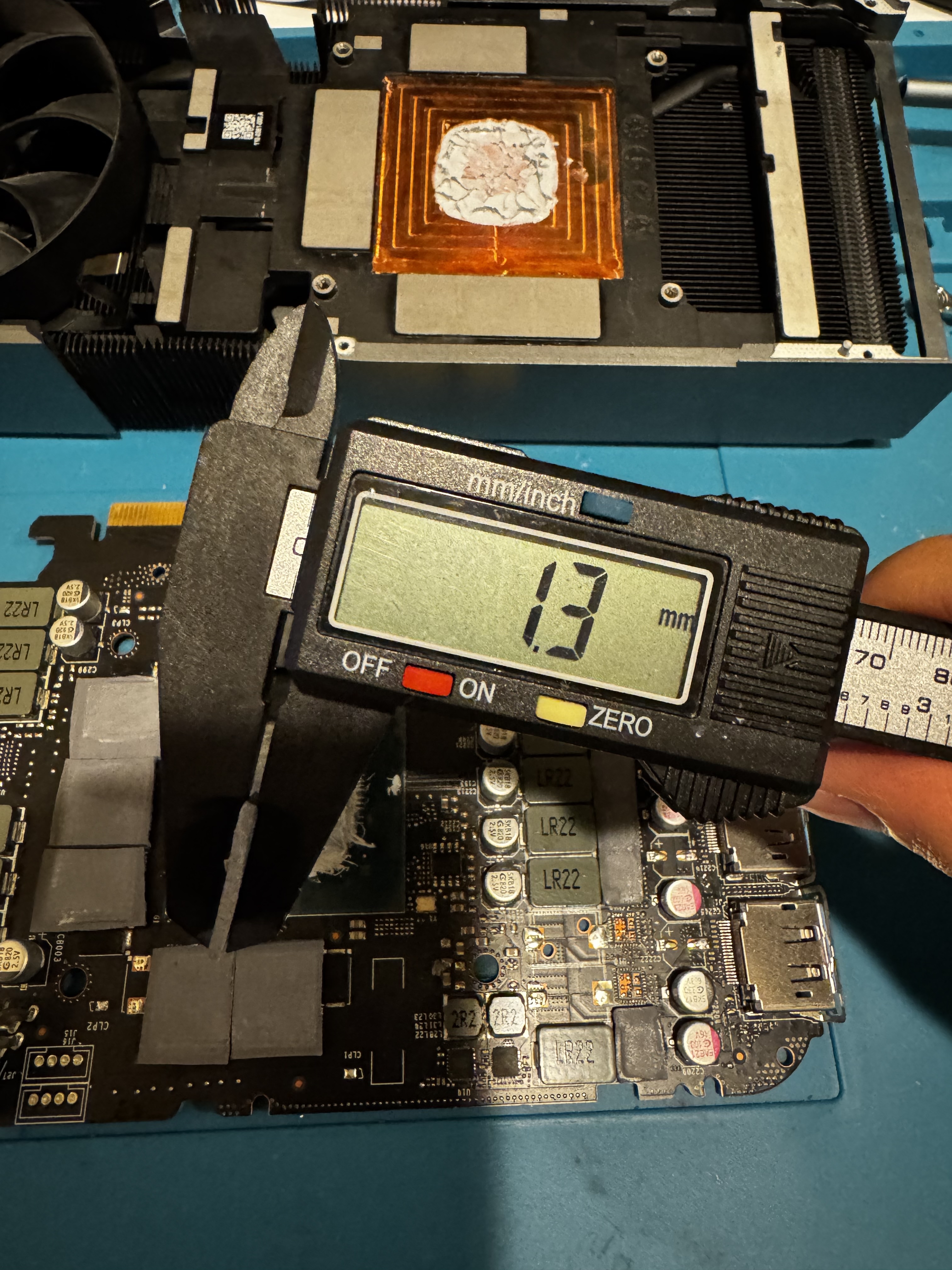
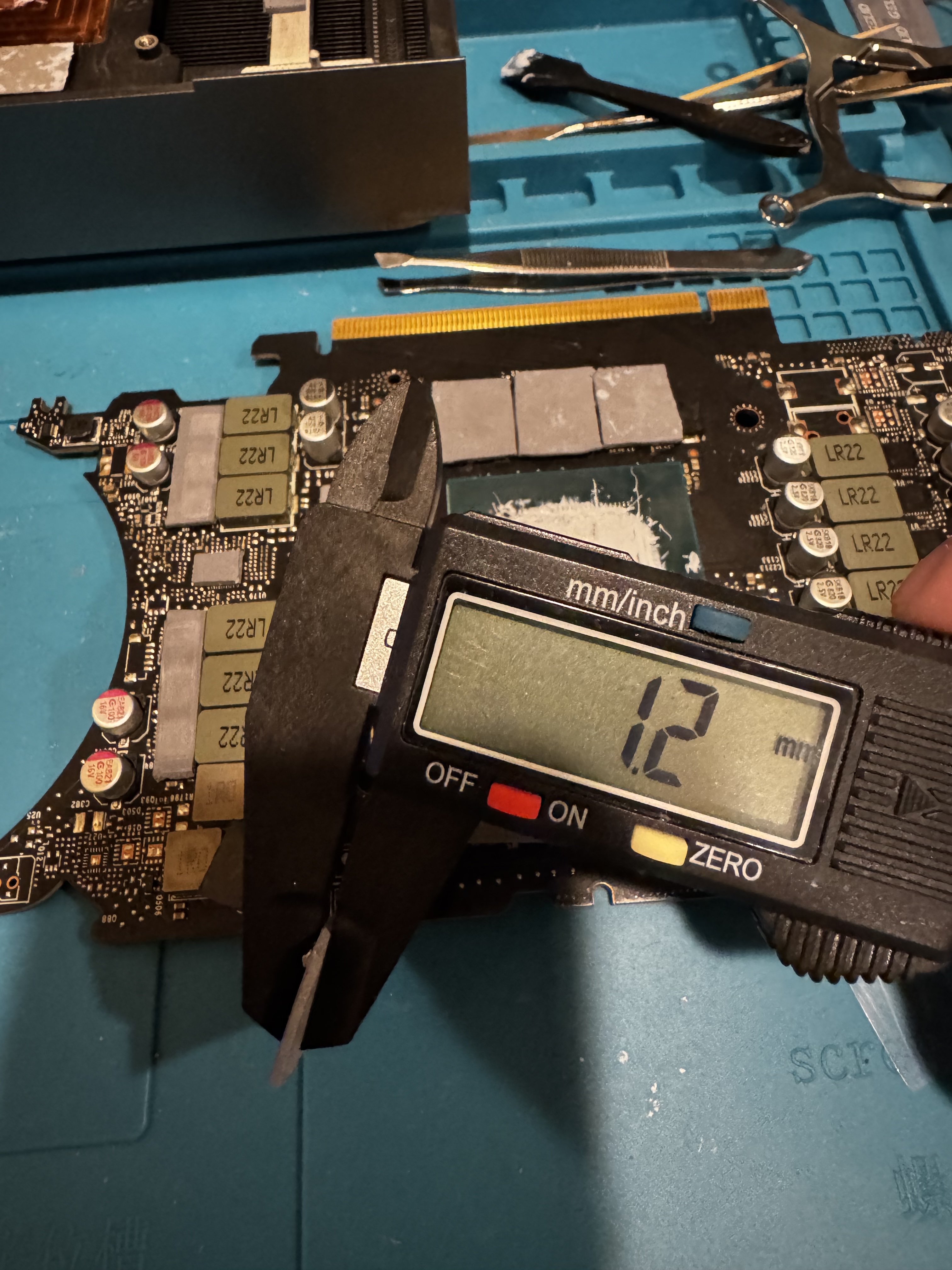
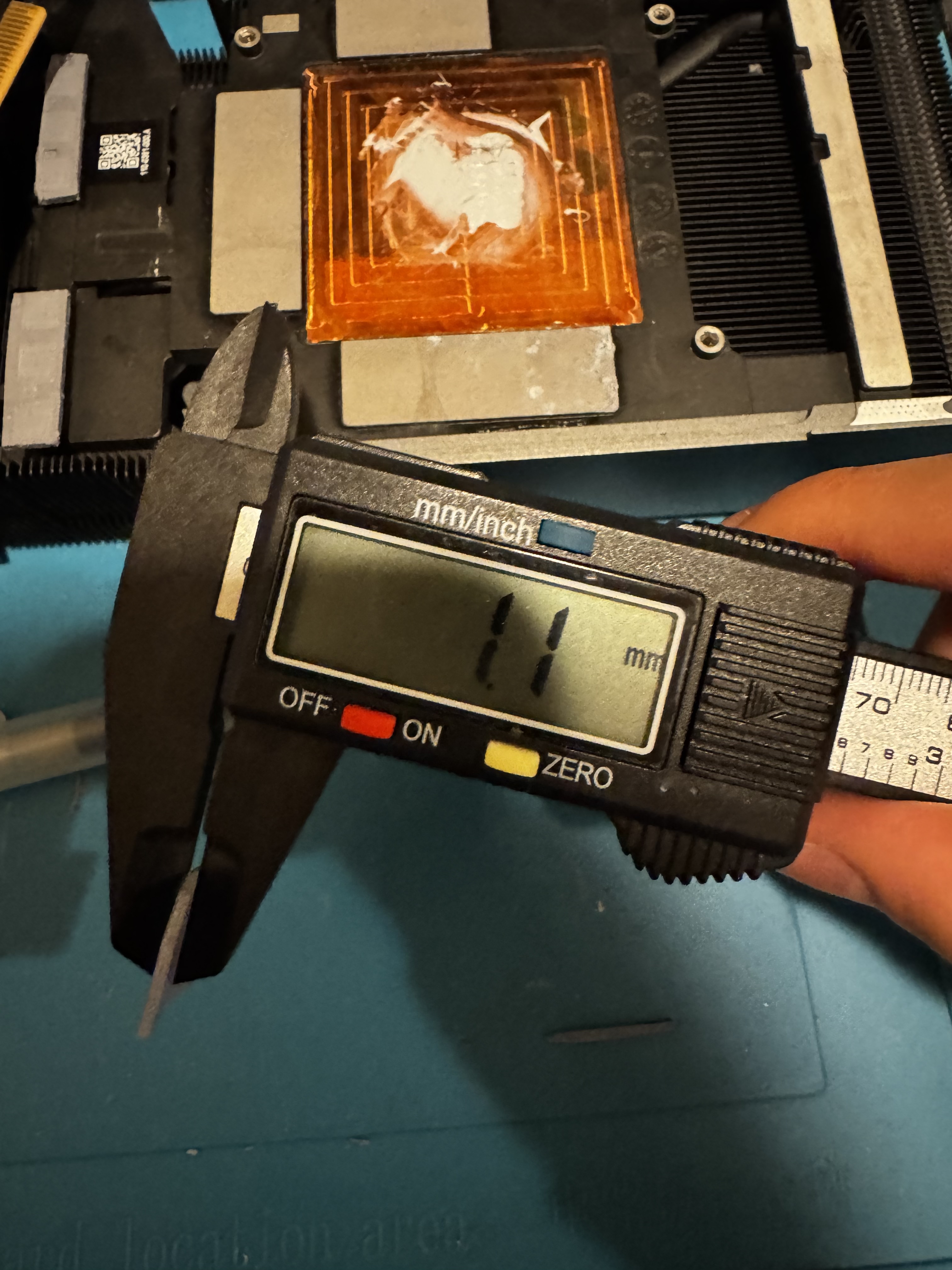
Other Notes
- I used 1 pack of thermal pad with a little bit leftover. I did buy extra just in case.
- Use proper screw bits!! I used Torx T4, T6, and T8 sizes. I had to take apart my GPU multiple times after repasting to redo thermal pads. Having the correct bit sizes will decrease your chances of stripping screws.
- I used all 1 gram of thermal paste so that it fully covers every corner of the chip.
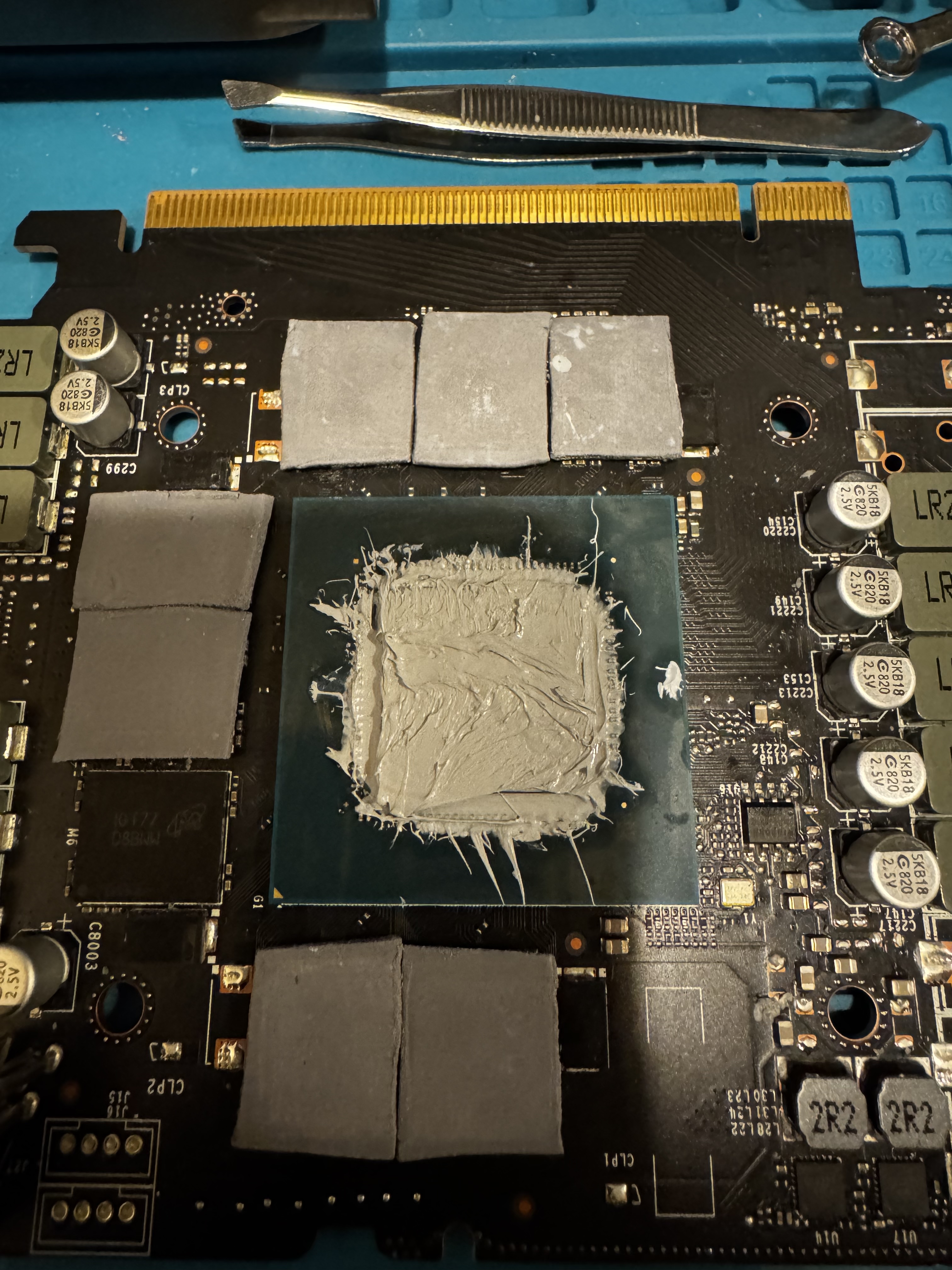
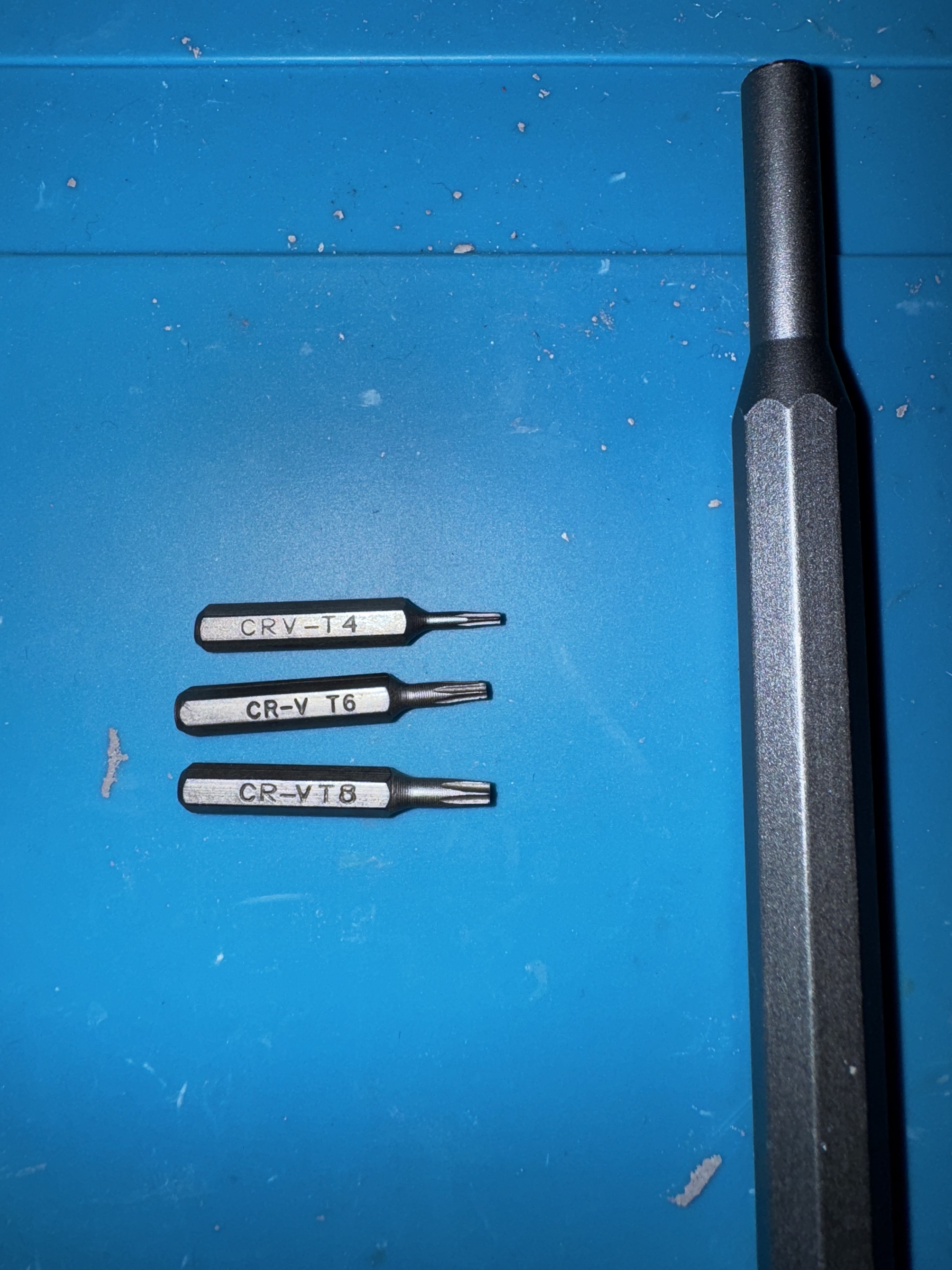
Conclusion / TLDR:
- Gelid Solutions Ultimate 1.5mm thermal pad (at it’s original thickness) is too thick for Nvidia Geforce RTX 3070 Ti. It’s best to use a softer pad or make the pad thinner to around 1.1mm.
- After changing my thermal pad, my temperature has now dropped to around 85C hotspot and ~2000 RPM for my fans when playing games.
- For those interested, you can view my FurMark benchmark if you would like to compare your results with mine.